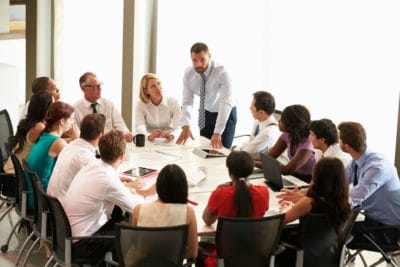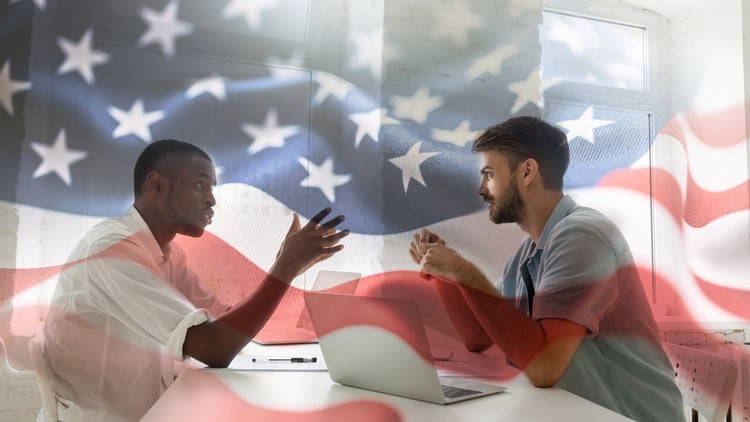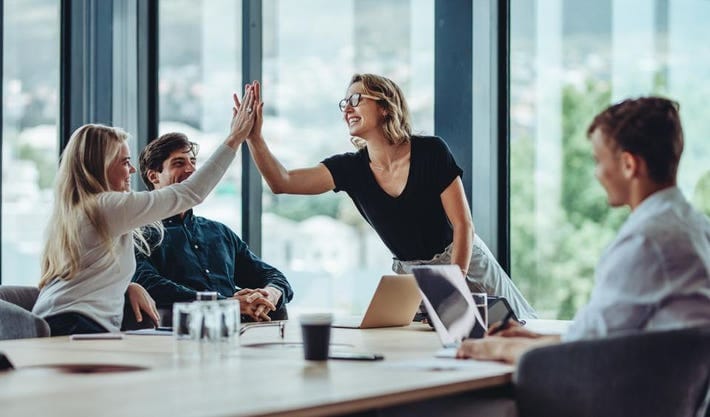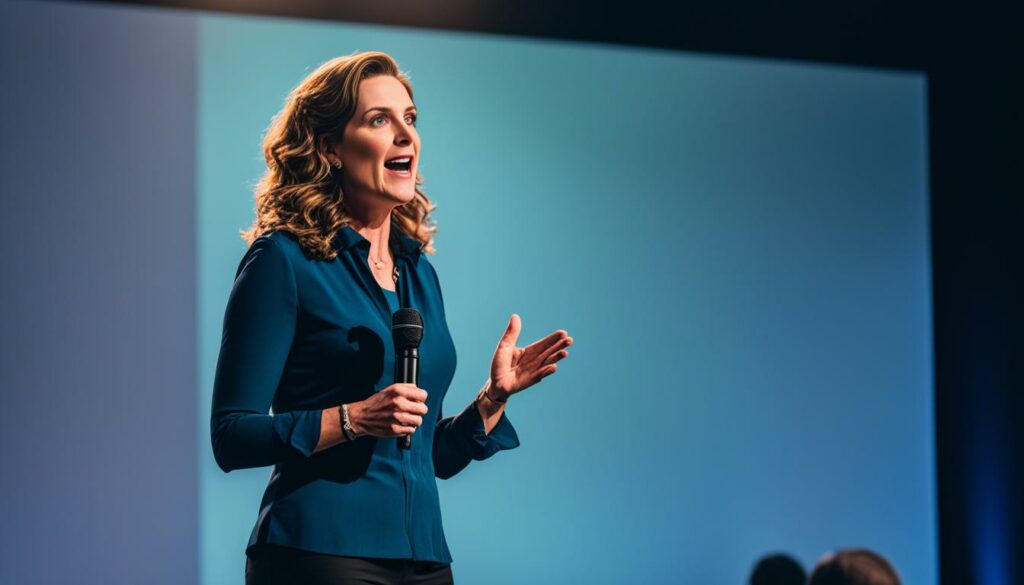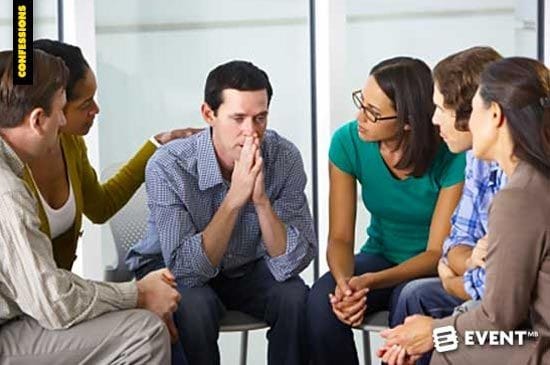Introduction:
Are you tired of feeling stuck in a job search rut? Do you struggle to stay motivated and focused on your career goals? You’re not alone. In today’s fast-paced and competitive job market, it’s easy to feel overwhelmed and uncertain about your future. That’s why I wrote “Jobless” – a comprehensive guide to help you stay motivated, take action, and land your dream job.

About the Book:
“Jobless” is more than just a book about job searching. It’s a roadmap to help you navigate the challenges of unemployment and come out stronger on the other side. Inside these pages, you’ll discover practical strategies for staying motivated, building confidence, and taking targeted action to achieve your career goals. From crafting a winning resume and cover letter to acing interviews and networking like a pro, “Jobless” covers it all.
My Intentions:
As an author, my goal is to empower readers with the tools and confidence they need to succeed in their job search. I believe that everyone deserves a fulfilling career that brings them joy and satisfaction. Through “Jobless,” I aim to help readers overcome the obstacles that stand in their way and achieve their dreams.

What to Expect:
In “Jobless,” you’ll find:
– Practical tips for staying motivated and focused during your job search
– Strategies for building confidence and overcoming self-doubt
– Actionable advice for creating a winning resume and cover letter
– Insights into effective networking and interviewing techniques
– Real-life examples and case studies to illustrate key concepts
Who is this book for?
“Jobless” is for anyone who is struggling to find a job or looking to transition to a new career. Whether you’re a recent graduate, a seasoned professional, or someone looking to make a career change, this book is designed to help you achieve your goals.
“Jobless” is more than just a book – it’s a guide to help you take control of your career and achieve your dreams. With its practical strategies and inspiring stories, this book is a must-read for anyone looking to stay motivated and focused on their job search. Get ready to unlock your dream job and start living the life you deserve.

Relevant Stories for Jobless
1. The Turning Point
Amit, a 32-year-old software engineer, found himself unexpectedly laid off during a company restructuring. Initially, he felt devastated and questioned his self-worth. However, he used this period of unemployment to upskill in artificial intelligence and machine learning, recognizing these as emerging fields. After months of learning and networking, Amit landed a better job as a data scientist with a higher salary. The key lesson here is the importance of using downtime to invest in self-improvement and aligning one’s skills with market demand.
2. Passion to Profession
Riya, an HR professional, always felt her creativity was stifled in the corporate world. When she lost her job during an economic downturn, she initially panicked but soon started baking to alleviate stress—a hobby she loved but never considered monetizing. Encouraged by friends and family, she turned her passion into a business by starting a small bakery. Today, her bakery is thriving, with online orders and a loyal customer base. Riya’s journey emphasizes discovering passions and transforming them into viable career opportunities.

3. Reevaluating Career Goals
James, a marketing executive, faced redundancy when his company downsized. Feeling disheartened, he began journaling to process his emotions and realized he had always wanted to work in environmental sustainability. He researched opportunities in green marketing and took a certification course in sustainable business practices. Within a year, James secured a role in a nonprofit organization, aligning his career with his values. This story highlights how unemployment can be a chance to rethink career goals and pivot toward a more fulfilling path.
4. Building Resilience Through Freelancing
Priya, a graphic designer, was laid off during a global recession. Struggling to find full-time work, she began freelancing for small businesses to make ends meet. Over time, Priya built a solid portfolio, gained confidence in her skills, and eventually launched her own design studio. Today, she enjoys the flexibility and independence of being her own boss. Priya’s story shows that freelancing can be a stepping stone to building a successful career or business.

5. The Power of Networking
Vikram, an experienced project manager, lost his job when his company shut down. He attended various industry meetups, joined online communities, and actively engaged on LinkedIn. By leveraging his network, Vikram discovered an opportunity in a startup looking for someone with his expertise. He joined the company and played a pivotal role in scaling its operations. This example underscores the importance of networking and staying visible in the professional community during periods of unemployment.
These examples illustrate that job loss, while challenging, can be a turning point to reevaluate priorities, upskill, and explore new opportunities. Whether it’s starting a business, pivoting careers, or freelancing, the key lies in maintaining resilience, staying proactive, and embracing the chance to grow. Each story teaches a unique lesson, empowering readers to navigate their own career transitions effectively.
https://rb.gy/40o61s
Thanks for Reading.














